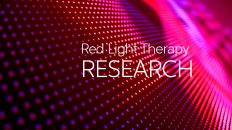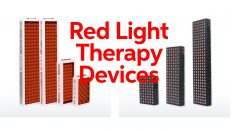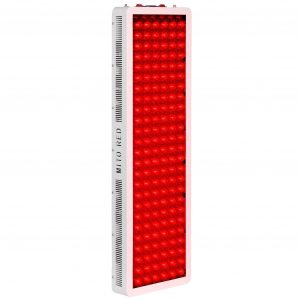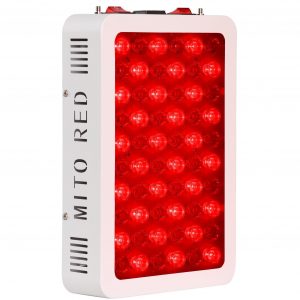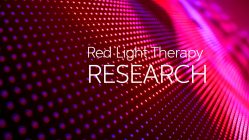This week’s question comes from a client who is in Canada from Africa for study purposes. He approached me because he suspects the difference in his exposure to sunlight here is impacting his mood and energy levels.
As we all know, the sun is much less intense this far North of the equator and sunlight is our primary source of vitamin D. But did you know that supplementing does not do for us what natural sunlight does? This could be because sunlight is not only important for the vitamin D it stimulates. Red and near-infrared light are also parts of natural sunlight and they are equally valuable for optimal health.
What is red and near infrared light and why is it important?
Red and near infrared light refer to a specific spectrum of light from 600nm to 700nm (red) and 700nm to 1,100nm (near-infrared). The 600-700nm spectrum is visible to our eyes as red light. The 700nm and up spectrum is not visible to our eyes but has a special ability to penetrate our body more deeply than other spectrums of light. Some wavelengths of this light have been more studied than others, especially the 630-680nm and 800-880nm for their therapeutic benefits.
There have been thousands of studies on red and near-infrared light therapy (photomodulation) over the past 20 years. The studies show benefit for many health issues from ageing to athletic performance to injury recovery to immunity. More specifically, there has been significant benefit shown for Hashimoto’s disease, Alzheimer’s disease, and Parkinson’s disease. You can read more about the benefits of red and near-infrared light here.
We also know exposure to sunlight, including red and near infrared light, increases the release of nitric oxide (NO) which is extremely beneficial for health. . . . (read more)
SOURCE: Bradford Today



